Capitals of the Andalusian Regions - Jaen
Jaén is one of Andalusia's capitals, and it is not an exaggeration to say that it is the least popular of them. Located 230 kilometers from Seville and 335 kilometers from Madrid, it remains in the shadow of more famous and visited Andalusian metropolises, filled with historical attractions and monuments. It does not offer tourists the opportunity to relax on golden beaches or along the banks of a great river, as is the case with Seville or Córdoba.
So what is worth going to Jaén and the surrounding area for, and what is worth seeing?
History of Jaen
The oldest traces of human presence in Jaén date back to the Neolithic period, around 2500 BC. The most important residential settlements, known as Marroquíes Bajos (today Bulevar), were discovered in the northern part of the city. These are the largest copper-age settlements in Europe. In Iberian times (800-700 BC), these settlements were mainly concentrated around the slopes of Santa Catalina hill.
For centuries, Jaén has changed "owners" and names. Under the rule of Carthage, the lands of Jaén were called Auringis due to the gold found there. The Romans called them Flavia. After the Muslim invasion in 711, the entire southern part of the Iberian Peninsula came under the rule of the Moors, who gave the region a new, more modern name Jayyān. The Moors enriched Jaén culturally, building mosques, fortifications, baths, and palaces.
Due to the nearby lush deciduous forests, numerous springs and rivers, decorative tapestries and wooden utensils were made in Jaén, which were exported to the territories of Al-Andalus, i.e. the Iberian Peninsula under Muslim rule, and to the Maghreb.
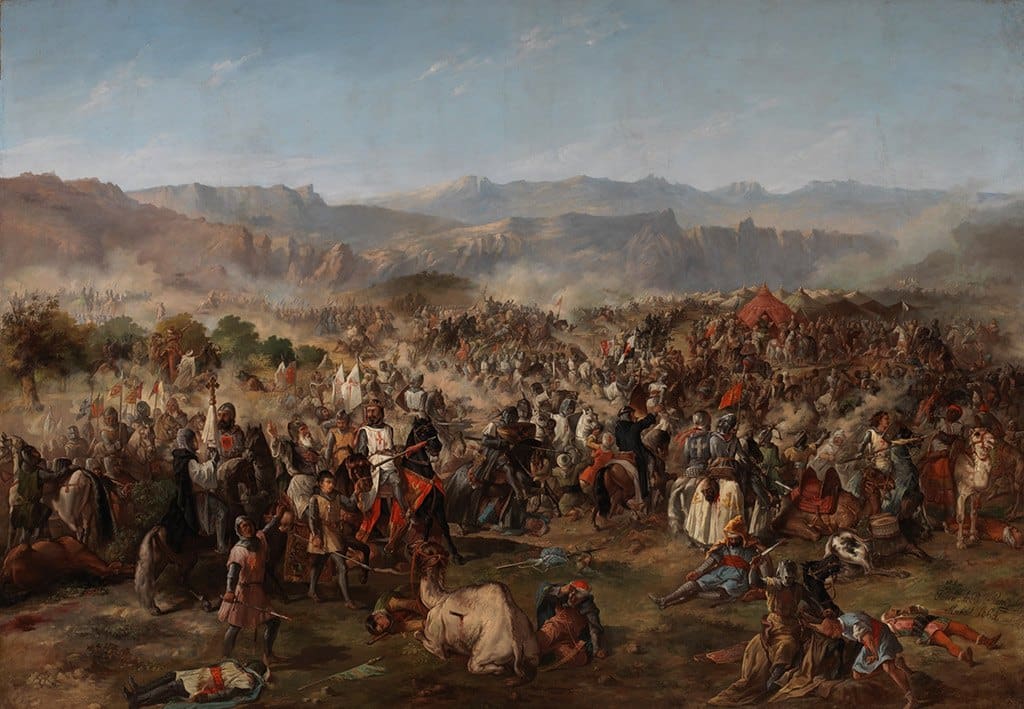
Batalla de Las Navas de Tolosa, Van Halen
The period of Muslim rule is linked to the numerous battles and wars fought in the area. The largest of these was fought in 1212 La batalla de Las Navas de Tolosabetween the Christian army under the command of the Castilian king Alfonso VIII, with a total of 50,000 to 80,000 people, and the Muslim army under the command of Caliph Muhammad an-Nasir, with a total of 90,000 to 120,000 people.
It was a turning point in the Reconquista and marked the beginning of the decline of Muslim presence on the Iberian Peninsula.
For those interested - you can visit museum of the battle More information
After the conquest of Granada in 1492 and the discovery of America in 1492, Jaén became one of the most important cities and regions in Castile. The economy was based on olive growing, grain, crafts, and the leather industry. In the 16th century, construction began on one of the most beautiful Renaissance-Baroque cathedrals in Andalusia.
The cathedral's facade is adorned with sculptures by Pedro Roldán, including saints, church figures, and Ferdinand III, the conqueror of Jaén. He looks out towards Castillo de Santa Catalina, the former Moorish fortress on the hilltop.
The following centuries were marked by economic collapse, impoverishment, plagues, and famine. It wasn't until the 19th century that Jaén experienced economic recovery, the development of crafts, and the expansion of its urban infrastructure. In 1833, Jaén was officially recognized as the capital of the province.
In the 20th century, the Spanish Civil War and other social problems delayed the region's development. After the death of General Franco Jaen became a center of entrepreneurship and education open to innovation.
Sea of olive trees...
Jaén is known for its high-quality olive oil, and it is one of the world's leading producers. The sight of 60 million olive trees stretching to the horizon is almost fascinatingly boring. You drive and drive, and all you see are trees, trees, fields, and groves, and more trees. :)
In this sea of trees, there are small and large ones, very large and exceptionally large olive trees. The largest is located in Arroyo del Ojanco (a town in the Jaén province), and is called El olivo de Fuentebuena. It is considered to be the largest olive tree in the world! It is 10 meters high, and its main trunk is divided into two branches, each measuring 2.10 and 2.80 meters in diameter. Every year, it produces 80-120 kg of fruit!
The tree, of course, has been included in the Guinness World Records.
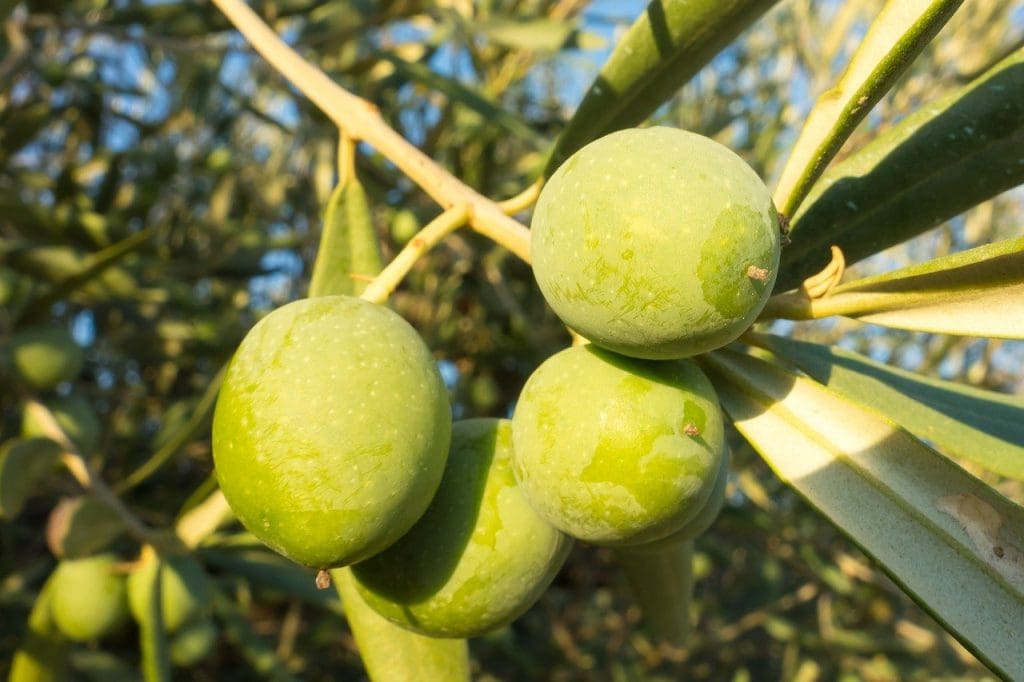
The word "aceite" (olive oil in Spanish) comes from the Arabic "az-zait", which literally means olive juice. Jaén is a perfect example of how olive groves have influenced the development of an entire culture that has existed on these lands for thousands of years.
Olive cultivation in Spain began with the Phoenicians and Greeks, but it was the Romans who realized the endless possibilities of olive oil and its beneficial effects on health. They were the first to start cultivating olives on a larger scale. Later, the Arabs improved the methods of obtaining the best quality olive oil, experimenting with taste, mixtures of less and more mature fruits, and creating new recipes and varieties. The most popular varieties in Spain are Picual, Arbequina, Manzanilla, and Gordal.
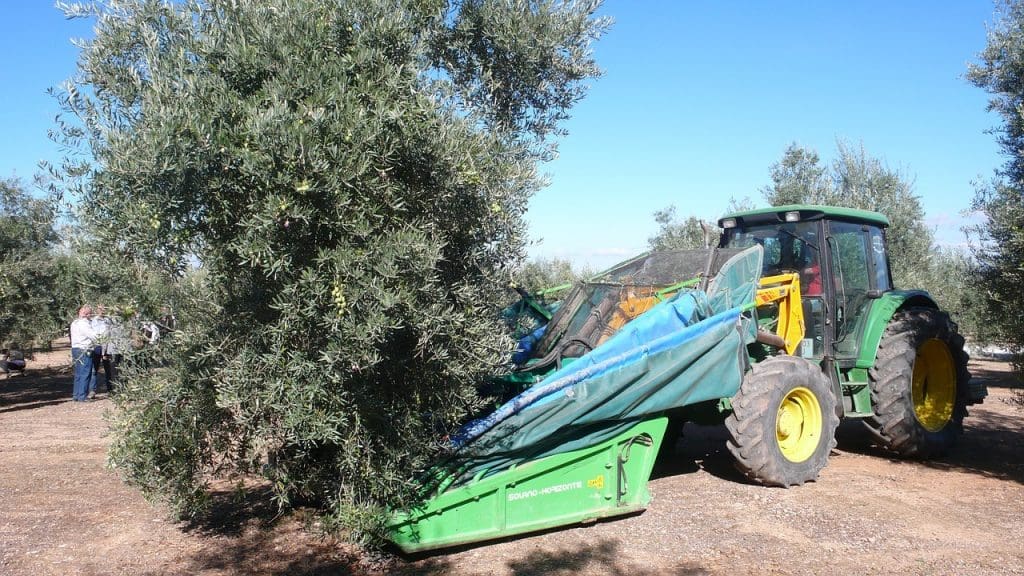
If you want to learn more about the cultivation of olives and their processing, take a look at the Museo de la Cultura del Olivo Click Here
What to see in the city
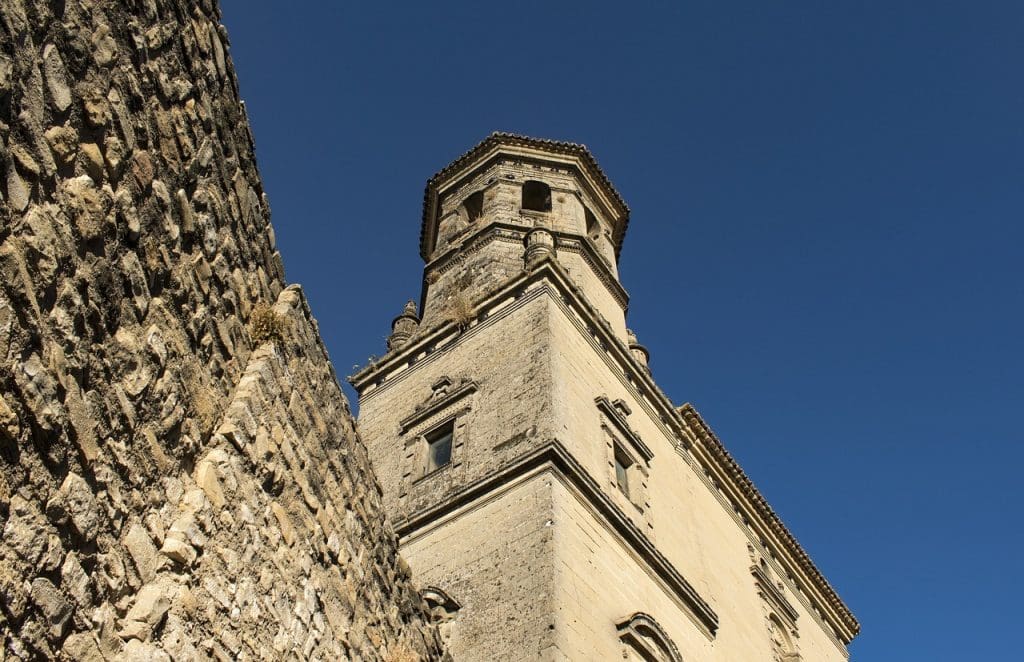
The Castillo de Santa Catalina castle - castle built by Christians after 1246, on the ruins of an Arab fortress. La Peña del Castillo - a spectacular vantage point over the city and part of the provincial territory, from the peaks of the Sierra Mágina to the wide Guadalquivir Valley - historical sites of settlement for numerous cultures along the centuries. From here we can plan a tour of the town.- The Cathedral of Jaén was designed in the 16th century by Andrés de Vandelvira. In the presbytery there are beautifully carved stalls from around 1520 (stalls are a type of wooden or stone bench). The Capilla Mayor houses the most valuable relic of the cathedral, the veil of Saint Veronica with the imprint of Christ's face.
- The Chapel of San Andrés - is a chapel built in the 16th century at the behest of Gutiérrez González, the treasurer of Pope Leo X, in the Mudéjar style.
- City Hall from the 17th century
- Baños Arabes - The remains of an 11th-century Arab bath can be found under the 16th-century Palacio de Villadompardo.
- Museo de Artes y Costumbres Populares - with a very interesting exposition
Interesting facts
- Did you know that Jaén is one of the provinces with the highest density of tapas bars? In Jaén, there is one bar for every 225 residents, and the city has a total of about 2,800 bars.
- Jaén also has its own records - well, in 2009, 13,000 folk gathered in the Parque del Bulevar to collectively... eat bread with olive oil 🙂thus entering the Guinness Book of Records!
- Warto wspomnieć o naszym rodaku, Tomaszu Franciszku Ksawerym Bartmańskim. Był on inżynierem wojskowym, uczestnikiem powstania listopadowego. W różnych miejscach na świecie budował drogi i mosty, opracował plan fortyfikacji Aleksandrii, koło roku 1845 pojawił się w Hiszpanii. I tu wsławił się m. in. tym , że założył gaje oliwne, właśnie w regionie Jaen! Stworzył system ich nawadniania i zbudował “katedrę oliwy”, jak Hiszpanie nazywają piękną architektonicznie bodegę w Hacienda La Laguna!
Jaen by bike
For cycling enthusiasts, I recommend go Via Verde del Aceite, which is 55km long, through rural routes, under 8 bridges, from Jaen to the Guadajoz River. More information
Points of interest in the province of Jaen
There are many attractions in Jaén, but here are a few of the most popular:
- Baeza and Ubeda - are two charming little towns located near each other, filled with beautiful monuments. Baeza was one of the first places to be recaptured from the Muslims during the Reconquista (in 1227).
- Cazorla – u podnóży Park Naturalny Sierra de Cazorla. Urocze białe miasteczko na pograniczu gajów oliwnych i gór. Koniecznie znajdźcie balkon widokowy Balcon de Zabaleta, overlooking the picturesque Castillo de la Yedra. Cazorla is an excellent starting point for mountain trails.
For fans of wildlife and mountain tramps
For those who want to hike, I especially recommend the areas:
- Sierras de Cazorla, Segura y Las Villas Natural Park – is the largest natural park in Spain and the second largest in Europe, with an area of 214,300 hectares. It was declared a biosphere reserve by UNESCO in 1983. The park is characterized by its picturesque landscape, with numerous waterfalls, caves, lakes, and well-signposted and prepared trails that encourage hiking.
Polecane trasy:
– Route along Rio Borosa
- Conquering Pico Cabañas 2026m above sea level. - The route is long and demanding, with about 20 km of dams
- Route to the source of the famous river Guadalquivir
- Take a drive along the A-319 route along Guadalquivir -overwhelming views, castles on islets...
- Sierra Mágina Natural Park - this is another place worth looking at for people with a penchant for wandering ... 🙂 ...
Where to eat in Jaen
- El Gorrion
- Casa Antonio
- Panaceite
- Taberna La Manchega
- El Pato Rojo
Map of Jaen's attractions:
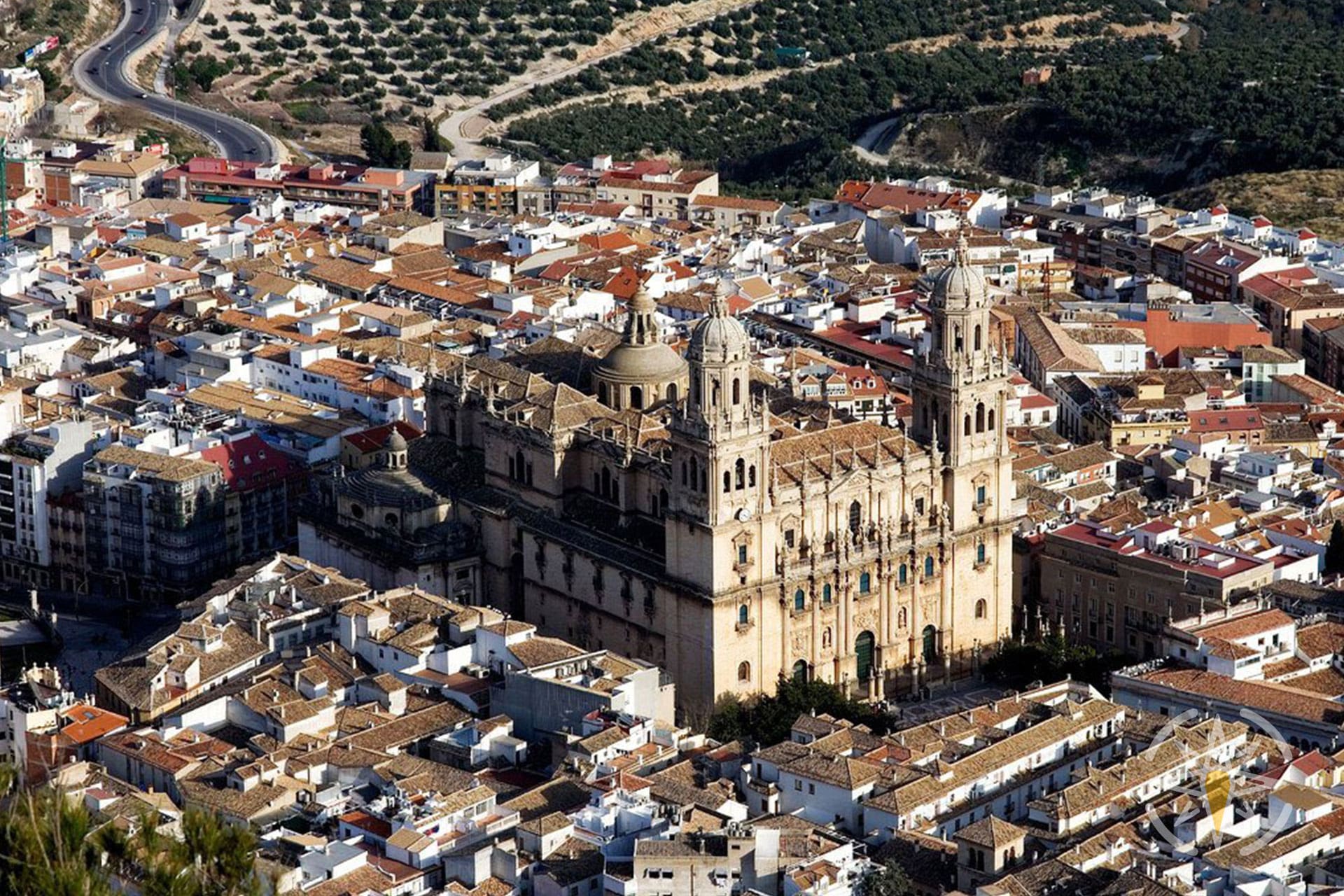
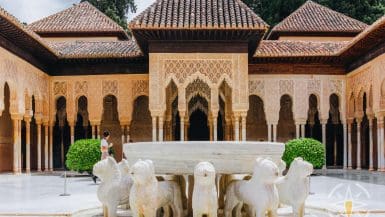
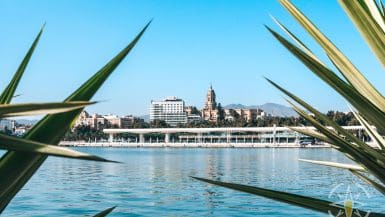
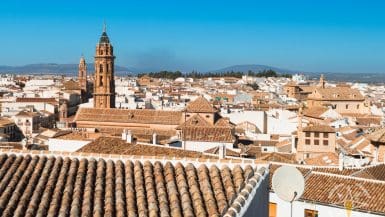
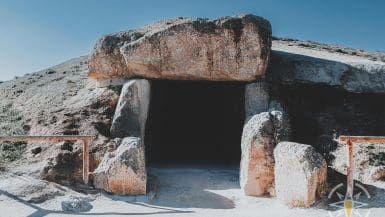
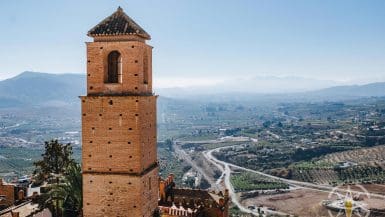
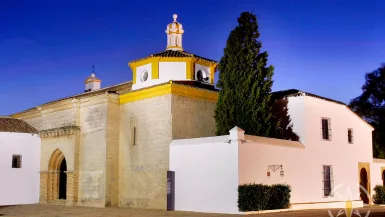
Leave a comment, ask a question...